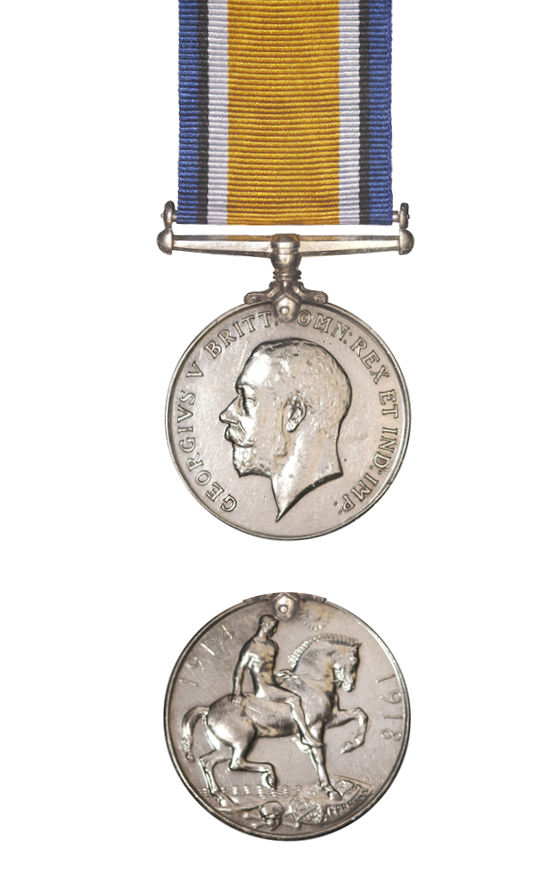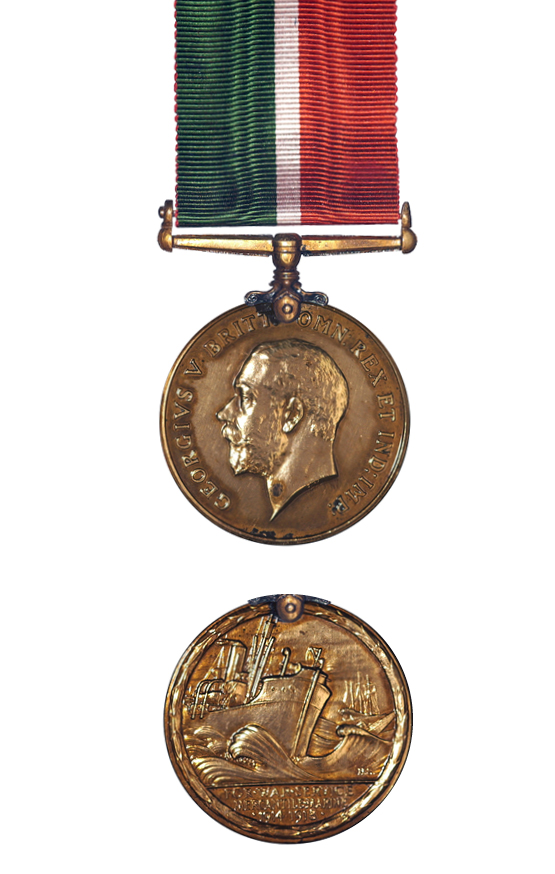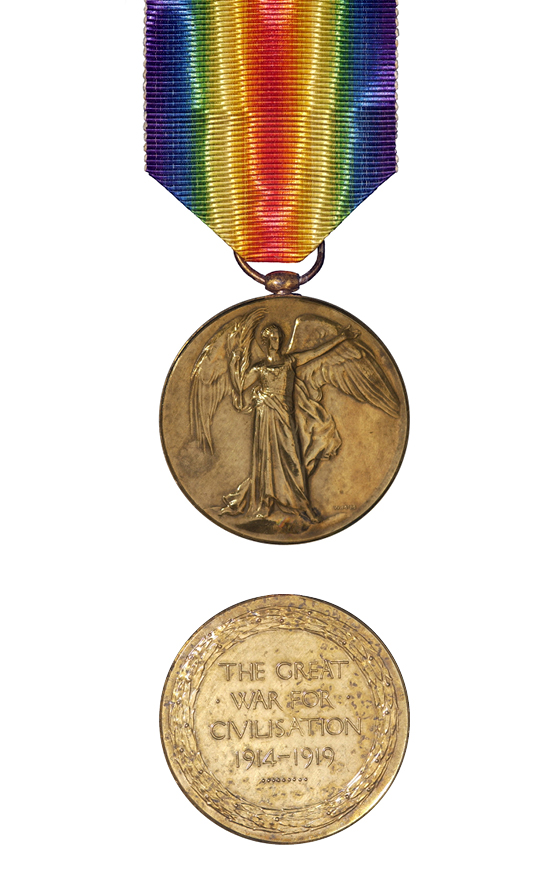

Display No. 11B
LIDGETT, George David
George Lidgett previously served in the Merchant Marines before joining the Royal Navy as an Engineer officer during the First World War. He undertook training in HMS Victory, the shore establishment in Portsmouth, before being assigned to HMS Agamemnon as an Engineering Lieutenant in January 1917. HMS Agamemnon was a battleship in the Mediterranean fleet. In December 1917 he was posted to another ship in the Mediterranean fleet, a scout cruiser HMS Sentinel. Lidgett was promoted to Acting Engineer Lieutenant Commander in October 1918. He was demobilised from the Royal Navy in November 1919, but immediately joined the Special Reserve of Engineering Officers. It is believed that Lidgett came out to New Zealand during this time. He joined the cruiser HMS Chatham in October 1921 for 14 days training, as per his reserve status, while the ship was in New Zealand with the New Zealand Division of the Royal Navy. Lidgett was removed from the List of Special Reserve Officers due to his age in 1929.
Awarded medal(s)
Medal Description [Left to Right]:
The British War Medal

The British War Medal was instituted in 1919 to recognise the successful conclusion of the First World War (1914-1918). Its coverage was later extended to recognise service until 1920, recognising mine clearing operations at sea, and participation in operations in North and South Russia, the eastern Baltic, Siberia, the Black Sea and the Caspian Sea.
The Mercantile Marine War Medal

The Mercantile Marine War Medal, instituted in 1919, was awarded to all members of the Merchant Navy who had undertaken one or more voyages through a war or danger zone during the First World War. The ribbon has three bands: green, white and red. These represent a ship’s starboard (green) and port (red) running lights with the masthead (white) steaming light in the centre.
The Victory Medal

The Victory Medal was awarded in the First World War to all those who had already qualified for the 1914 Star or the 1914-15 Star, and to most persons who had already qualified for the British War Medal. The Victory Medal was awarded to all New Zealand troops serving overseas, except for those who arrived in Samoa after 30 August 1914 and those serving in Great Britain only. It has a unique double rainbow ribbon.
A bronze spray of oak leaves on the medal ribbon denotes that the recipient was Mentioned in Despatches during the period that the medal recognises. To be Mentioned in Despatches a member of the armed forces has had their name mentioned in an official report, written by a superior officer, and sent to a higher command. The report would describe the individual’s gallant or meritorious action in the face of the enemy.

